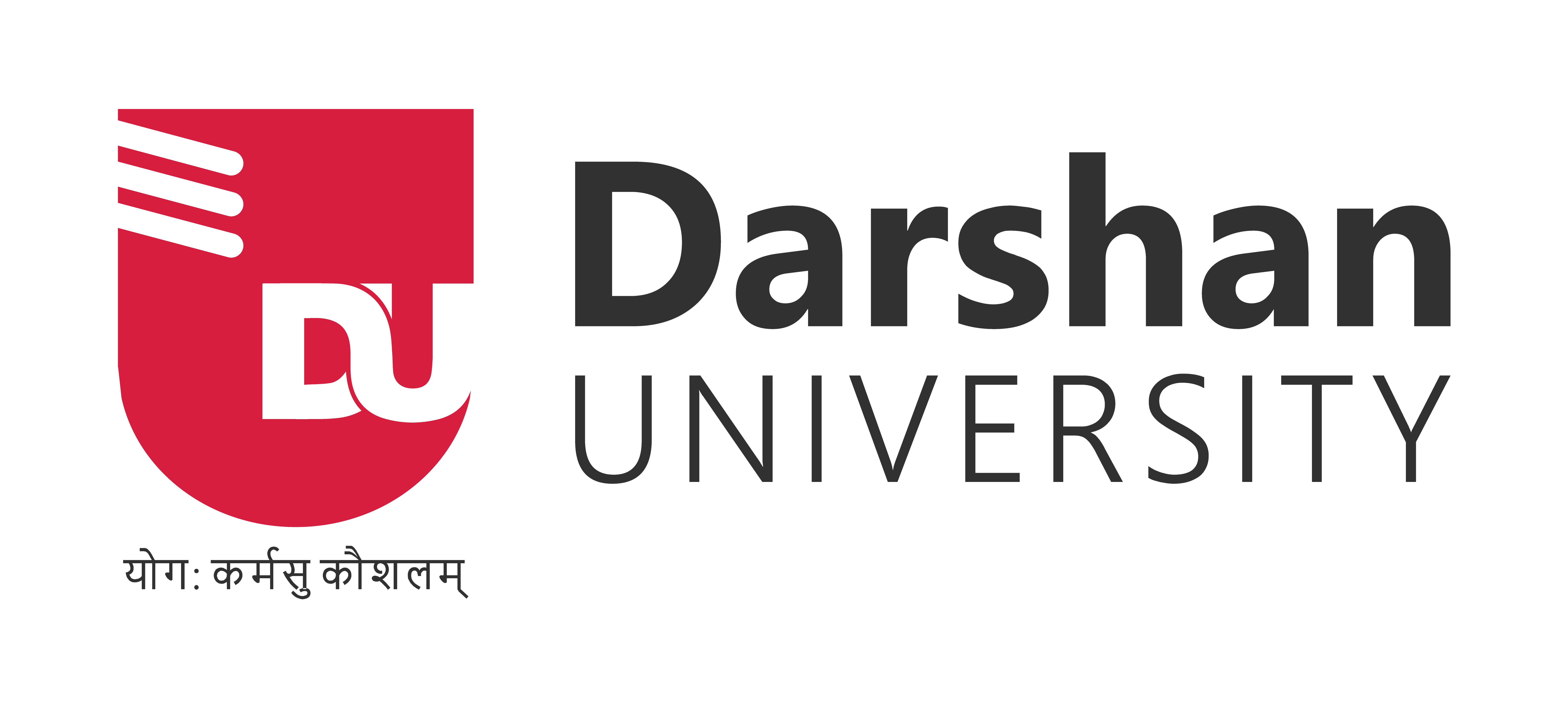General Principles and Processes of Isolation of Elements MCQs
MCQs of General Principles and Processes of Isolation of Elements
| 61. |
What is the pH value of the remaining brine (sea water) after Cl2 is obtained from it ?
|
||||||||
|
Answer:
Option (c) |
| 62. |
What is the complex obtained when gold is leached with KCN ?
|
||||||||
|
Answer:
Option (b) |
| 63. |
What is the common name and IUPAC name of Na[Al(OH)4] ?
|
||||||||
|
Answer:
Option (b) |
| 64. |
Select the correct order of the steps in dry metallurgy.
|
||||||||
|
Answer:
Option (c) |
| 65. |
Read the following statement and choose the correct option.
(1) Alnico and aluminium bronze are used in preparation of parts of the aeroplanes.
(2) Copper is used in the preparation of tubes of boiler, Delta metal and Muntz metal.
(3) Copper and aluminium form alloys like duralumin and aluminium bronze.
(4) Copper and zinc are used in the preparation of German silver.
|
||||||||
|
Answer:
Option (b) |
| 66. |
Which of the following reaction does not occur in the blast furnace in the temperature range of 500-800 K ?
|
||||||||
|
Answer:
Option (c) |
| 67. |
Four equations are given below. Decide if they are correctly balanced or not. (T for True and F for False)
(I) MxOy + yC → x M + y CO
(II) 2Al2O3 + 3C → 4Al + 3CO2
(III) FeO + SiO2 → FeSiO3
(IV) Cu2S + 2Cu2O → 6Cu + SO2
|
||||||||
|
Answer:
Option (b) |
| 68. |
Given that : ΔfGºCuO = -129.7 KJ mole-1, ΔfGºH2O = -237.2 KJ mole-1 and ΔfGºCO = -137.2 KJ mole-1
Which is the best reducing agent for CuO ?
|
||||||||
|
Answer:
Option (a) |
| 69. |
Part-I contains the names of minerals and Part-II contains the corresponding metals present in them.
Match Part-I with Part-II selecting correct options.
|
||||||||||||||||||||||
|
Answer:
Option (d) |
| 70. |
What is the percentage of Al by weight in the earth's crust ?
|
||||||||
|
Answer:
Option (c) |

